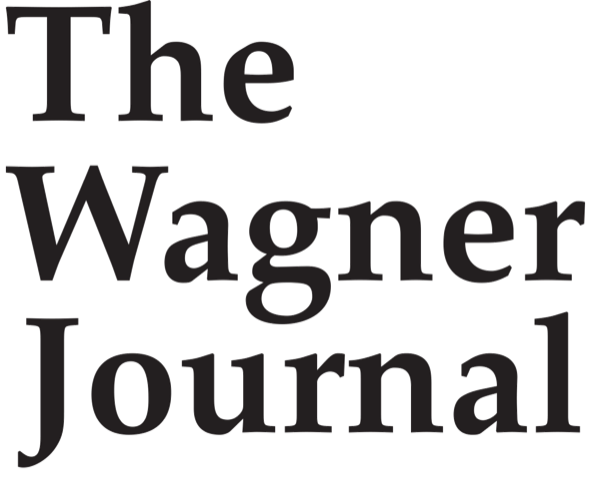The Wagner Journal
Back to Berlin: Mark Berry appraises three Wagner revivals at the Deutsche Oper
Back to Berlin: Mark Berry appraises three Wagner revivals at the Deutsche Oper
Couldn't load pickup availability
Reviews of Tannhäuser, directed Harms, conducted Schirmer, Deutsche Oper Berlin, 2010; Lohengrin, directed Friedrich, conducted Schønwandt, Deutsche Oper Berlin, 2010; Die Meistersinger von Nürnberg, directed Friedrich, conducted Runnicles, Deutsche Oper Berlin, 2010.
July 2010, Volume 4, Number 2, 78–81.
Some words seem destined to be abused. ‘Academic’ is one, ‘operatic’ another. The Berlin musical world has plenty of the operatic in both senses. Partly as a legacy of the city’s division, it boasts three principal companies: the Staatsoper, the Deutsche Oper and the Komische Oper. The State, formerly the Court, Opera is the oldest relation, the house on Unter den Linden having opened in 1742 and the orchestra tracing itself back to c.1540. Since Daniel Barenboim’s post-unification appointment in 1992, the house once presided over by Strauss, Furtwängler, Erich Kleiber and Karajan has regained its erstwhile international prominence, not least in terms of Wagner, symbolised by the cycle Barenboim and Harry Kupfer presented, on one occasion during a single festival. Close to the Linden house stands the Komische Oper (founded in 1905 as Berlin’s answer to the Paris Opéra-Comique), once the haunt of Walter Felsenstein. It presents works in the vernacular, with a strong tendency towards Regietheater; alas, Wagner is rarely on the menu. Seven years later, in 1912, came the Deutsche Oper. A musical standard-bearer for West Berlin, along with Karajan’s Berlin Philharmonic, it welcomed Götz Friedrich, himself a Felsenstein pupil, as Intendant in 1981; though Friedrich died in 2000, a good few of his productions remain in the repertoire, including his Ring.
